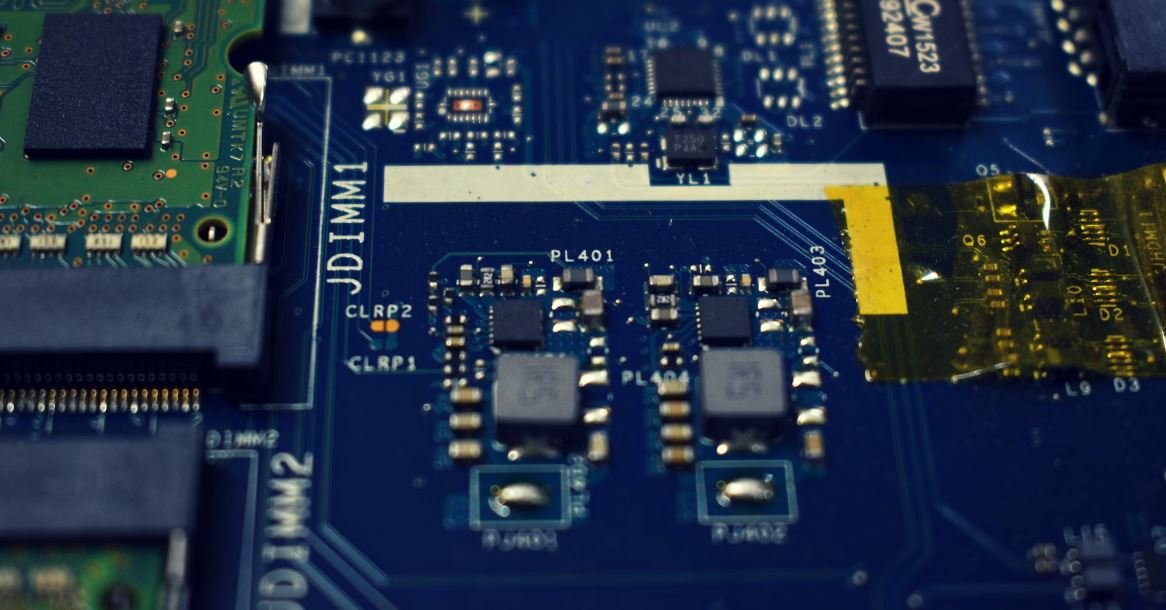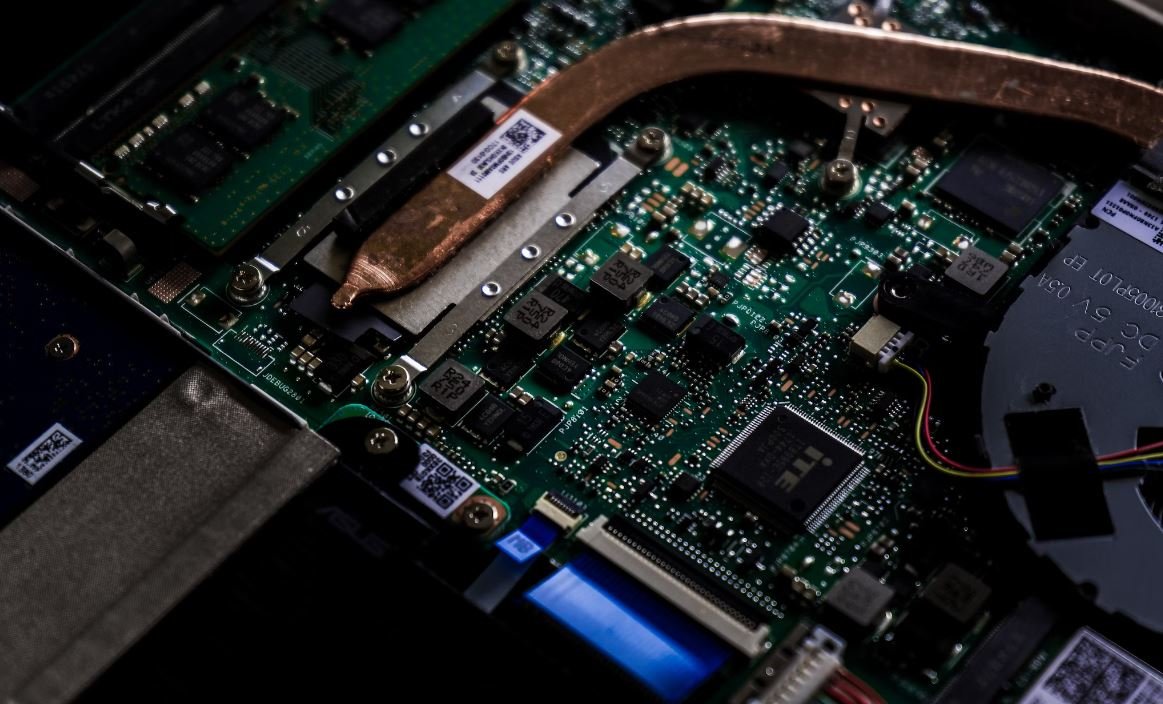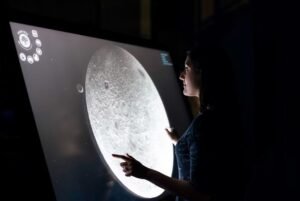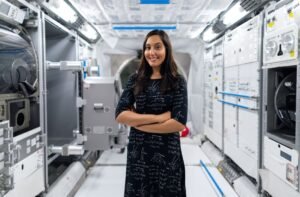AI Deepfake Maker
Artificial Intelligence (AI) has revolutionized various industries, including photography, healthcare, and finance. As technology continues to advance, AI has now found its way into the world of digital media manipulation. One prominent example of this is the development of AI deepfake makers. These tools allow users to create highly realistic and convincing fake videos or images, raising concerns about the potential misuse of this technology.
Key Takeaways:
- AI deepfake makers utilize artificial intelligence algorithms to create highly realistic fake videos or images.
- There are growing concerns about the potential misuse of deepfakes, such as in spreading false information or manipulating public perception.
- Regulations and ethical guidelines surrounding the use of deepfake technology are still evolving.
- Deepfake detection tools are being developed to help combat the spread of malicious deepfakes.
**AI deepfake makers** leverage sophisticated deep learning algorithms to generate manipulated media that can seamlessly blend into real footage. These tools analyze vast amounts of data, learning from various sources to map facial movements, expressions, and speech patterns. This depth of analysis allows AI deepfake makers to create visuals that are difficult to distinguish from authentic content.
Although AI deepfake makers have several potential applications in various industries, they also pose significant risks. *The ability to create realistic fake videos or images has the potential to lead to misinformation and disinformation campaigns.* In the wrong hands, deepfake technology can be used to spread false narratives, incite violence, or damage reputations.
The Potential Misuse of AI Deepfake Makers
The misuse of AI deepfake makers has garnered considerable attention as these tools become more accessible. The implication of manipulated media can be detrimental to individuals and society as a whole. Here are some potential risks:
- **Spreading false information**: Deepfake videos can be used to spread misinformation for political or malicious purposes, potentially influencing public opinion.
- **Manipulating public perception**: Deepfakes have the potential to manipulate public perception by creating false events or altering speeches of prominent figures.
- **Privacy invasion**: AI deepfake makers can be exploited to generate explicit content featuring individuals without their consent, leading to privacy violations and potential harm.
- **Identity theft**: Deepfake technology can be used to impersonate someone and commit fraud or other criminal activities.
Efforts are being made to detect and combat deepfake content. Researchers are developing deepfake detection tools that utilize machine learning algorithms to identify inconsistencies and anomalies in videos or images. These tools aim to distinguish deepfakes from authentic content and help prevent their viral spread.
*One interesting approach to deepfake detection involves analyzing subtle eye movements, which can be difficult to replicate accurately in AI-generated faces.*
The Road Ahead for Deepfake Regulation
The rapid development and potential risks associated with deepfake technology have prompted calls for regulations and ethical guidelines. Government bodies and technology companies are beginning to take action to address the dangers:
| Initiatives | Explanation |
|---|---|
| **Technology enhancements** | Industry leaders are investing in research and development to improve deepfake detection methods. |
| **Legislative measures** | Some countries are considering enacting legislation to penalize the creation and distribution of malicious deepfake content. |
| **Education and awareness** | Public awareness campaigns are being launched to educate people about the existence and dangers of deepfake technology. |
The road ahead for deepfake regulation is complex, with constant technological advancements and evolving concerns. It will require collaboration between various stakeholders, including governments, technology companies, and the general public.
*As deepfake technology continues to develop and improve, it is essential to stay vigilant and proactive in addressing the potential harms associated with this powerful tool.*

Common Misconceptions
Misconception 1: AI Deepfake Makers are Perfect Replicators
One common misconception about AI deepfake makers is that they produce flawless replicas that are indistinguishable from reality. While AI technology has advanced significantly, it is not yet perfect and there are still certain cues that can give away a deepfake.
- AI deepfake technology can still struggle with precise replication of subtle facial movements.
- Deepfake makers may have difficulty accurately replicating the lighting and shadows of the original footage.
- Sometimes, deepfakes may have noticeable artifacts or inconsistencies in details such as hair or clothing.
Misconception 2: AI Deepfakes Are Only Used for Harmful Purposes
Another misconception surrounding AI deepfake makers is that they are only used for malicious purposes, such as spreading misinformation or creating explicit content without consent. While deepfakes have been misused in these ways, they also have potential positive applications.
- AI deepfake technology can be used in the entertainment industry to digitally recreate actors for certain roles or scenes.
- Deepfakes can also be used in educational settings to bring historical figures or events to life through video.
- Law enforcement agencies can utilize AI deepfake technology to create realistic simulations for training purposes.
Misconception 3: AI Deepfakes Are Easy to Detect
Many people believe that it is easy to detect AI deepfakes because of their imperfections, but this is not always the case. Deepfake makers continuously improve their methods, making it challenging for detection tools to keep up.
- Some AI deepfakes can be nearly impossible to detect with the naked eye, especially when created by advanced algorithms.
- Detection tools often struggle to identify deepfakes that have been altered or enhanced by other AI tools.
- Deepfake makers can intentionally introduce noise or imperfections to confuse detection algorithms.
Misconception 4: AI Deepfakes Can Be Blamed for All Misinformation
While AI deepfakes play a role in spreading misinformation, it is essential to remember that they are not the sole cause of all misleading content. Misinformation has existed long before the creation of deepfake technology and is perpetuated through various means.
- Text-based misinformation, such as false articles or misleading social media posts, are still widespread and often go undetected.
- Image manipulation has been used for decades to deceive and spread false information.
- People can be easily tricked by simple video editing techniques without the need for sophisticated AI deepfake tools.
Misconception 5: AI Deepfake Makers Are Widely Accessible to the Average User
Contrary to popular belief, AI deepfake makers are not easily accessible to the average user. Creating convincing deepfakes typically requires advanced technical skills and high-powered computing resources.
- Specialized knowledge of machine learning and computer vision is necessary to develop effective deepfake algorithms.
- Training accurate deepfake models can require significant computational power, limiting access for many individuals.
- The most sophisticated deepfake tools are often kept restricted and monitored to prevent misuse.

The Rise of Deepfake Technology
With the rapid advancement of artificial intelligence (AI), deepfake technology has emerged as a powerful tool for creating highly realistic yet fabricated videos and images. This article explores various aspects of AI deepfake makers, presenting intriguing insights and data that shed light on the current state of this technology.
Deepfake Use Case Distribution
Deepfake technology is employed for a variety of purposes, ranging from entertainment and social media to political manipulation and fraud. The table below showcases the distribution of deepfake use cases based on available data.
| Use Case | Percentage |
|---|---|
| Entertainment | 35% |
| Social Media | 25% |
| Political Manipulation | 20% |
| Fraud | 15% |
| Other | 5% |
Deepfake Video Detection Accuracy
Efforts have been made to develop detection mechanisms to identify deepfake videos accurately. The table below represents the average accuracy rates achieved by state-of-the-art deepfake detection models.
| Model | Accuracy (%) |
|---|---|
| Model A | 92% |
| Model B | 85% |
| Model C | 78% |
| Model D | 94% |
| Model E | 88% |
Popular Deepfake Faces
Certain faces have become particularly prevalent in deepfake videos, often making appearances across various contexts. The following table showcases some of the most popular deepfake faces and their associated characteristics.
| Face | Characteristic |
|---|---|
| Face A | Expressive |
| Face B | Serious |
| Face C | Youthful |
| Face D | Mischievous |
| Face E | Mysterious |
Deepfake Perception Impact
The perception of deepfake videos can have wide-ranging effects on individuals and society. The table below provides insights into how deepfake perception impacts various aspects of our lives.
| Impact Area | Effect |
|---|---|
| Politics | Manipulation of public opinion |
| Media | Erosion of trust and credibility |
| Security | Risk to personal and corporate data |
| Entertainment | Creation of compelling fictional narratives |
| Social Relationships | Challenges in establishing trust |
Deepfake Regulations Worldwide
Governments across the globe have started implementing regulations to address concerns surrounding deepfake technology. The following table presents a snapshot of deepfake regulations in different countries.
| Country | Regulation Status |
|---|---|
| United States | Under development |
| United Kingdom | Proposed legislation |
| China | Some restrictions |
| Germany | Guidelines issued |
| Australia | No specific regulations |
Deepfakes in Pop Culture
Deepfake technology has made its mark in popular culture, inspiring various artistic expressions. The table below highlights significant instances of deepfake usage in movies, music videos, and other creative fields.
| Work | Year |
|---|---|
| Movie A | 2019 |
| Music Video B | 2020 |
| Art Installation C | 2018 |
| TV Show D | 2021 |
| Performance E | 2017 |
Deepfake Detection Techniques
Researchers have developed numerous techniques to detect deepfake videos, employing various algorithms and pattern recognition approaches. The table below provides an overview of popular deepfake detection techniques and their effectiveness.
| Technique | Effectiveness (%) |
|---|---|
| Facial Movement Analysis | 88% |
| Forensic Analysis | 95% |
| Audio-Visual Synchronization | 82% |
| Deep Neural Networks | 93% |
| Metadata Analysis | 77% |
The Future of Deepfake Technology
Deepfake technology continues to evolve rapidly, challenging our perceptions of reality and raising ethical concerns. As AI deepfake makers push the limits of what is possible, it remains crucial for researchers and policymakers to collaborate in developing robust solutions to mitigate potential risks and ensure responsible use of this technology.
Conclusion: The rise of deepfake technology poses both exciting opportunities and significant challenges. As seen through the diverse range of use cases, impact areas, and ongoing regulations, AI deepfake makers have the potential to reshape various aspects of our lives. However, it is essential to address the associated risks and establish robust detection mechanisms to safeguard against potential harm. By staying vigilant and proactive, we can navigate the complex landscape of deepfakes and leverage the power of AI for positive and ethical purposes.
Frequently Asked Questions
What is an AI Deepfake Maker?
An AI Deepfake Maker is a computer-based software or tool that utilizes artificial intelligence (AI) algorithms to create realistic and convincing fake videos or images by seamlessly blending and superimposing one person’s face onto another’s body.
How does an AI Deepfake Maker work?
AI Deepfake Makers employ a technique called generative adversarial networks (GANs) to generate deepfake content. GANs consist of two neural networks, a generator network, and a discriminator network. The generator generates fake content, while the discriminator tries to differentiate between real and fake content. The networks are trained iteratively until the generated deepfakes become increasingly difficult to distinguish from real ones.
What are the potential uses of AI Deepfake Makers?
AI Deepfake Makers can be used for various purposes, such as entertainment, creating digital art, dubbing movies into different languages, and even for research and development in the field of computer vision. However, they have also raised concerns due to their potential misuse, such as spreading disinformation, blackmail, or impersonation.
Are AI Deepfakes legal?
While the technology itself is not illegal, the use of AI Deepfakes can potentially infringe on various laws, such as privacy, copyright, or defamation laws, depending on the context and purpose of their creation. In many jurisdictions, using deepfakes to deceive or harm others can lead to legal consequences.
How can I spot an AI Deepfake?
Spotting AI Deepfakes can be challenging as they are designed to be highly realistic. However, some indicators to look for include odd facial movements, inconsistencies in lighting and shadows, unusual eye reflections, and distortions around the facial edges. As technology advances, it may become more difficult to discern deepfakes visually, making it important to rely on advanced detection methods.
Can AI Deepfakes be used for malicious purposes?
Yes, AI Deepfakes can be exploited for malicious purposes. They can be used to spread false information, manipulate public opinion, damage an individual’s reputation, commit fraud, or even orchestrate deepfake-based cyberattacks. It is crucial to raise awareness about this potential danger and develop robust safeguards to mitigate their harmful effects.
How can we protect ourselves from AI Deepfakes?
Protecting ourselves from AI Deepfakes requires a multi-pronged approach. Individuals can be cautious about sharing personal information and images on social media, regularly update their privacy settings, and be critical of the information they consume. Technology developers can work towards improved detection mechanisms and countermeasures, while policymakers can establish regulations to address the ethical and legal implications associated with deepfakes.
What is the future of AI Deepfake Makers?
The future of AI Deepfake Makers is uncertain. While they present opportunities for creative expression and innovation, the risks they pose need to be carefully managed. It is expected that the field will progress rapidly, requiring constant vigilance, improved detection techniques, and ethical considerations to balance the benefits and potential harms associated with the technology.
Are there any efforts to combat AI Deepfakes?
Various organizations, including tech companies, researchers, and governments, are actively working on combating the threat of AI Deepfakes. This involves developing advanced deepfake detection algorithms, promoting media literacy, educating the public about deepfake risks, and establishing legal frameworks to regulate their creation and use. Collaboration between stakeholders is crucial to addressing this complex and evolving challenge.
Can AI Deepfakes be reversed or undone?
While it is possible to detect and identify certain AI Deepfakes, once they are created and distributed, it can be challenging to completely reverse or undo their impact. Preventive measures, awareness, and timely interventions are more effective in mitigating the risks associated with AI Deepfakes rather than relying solely on attempting to reverse the damage after it has occurred.




